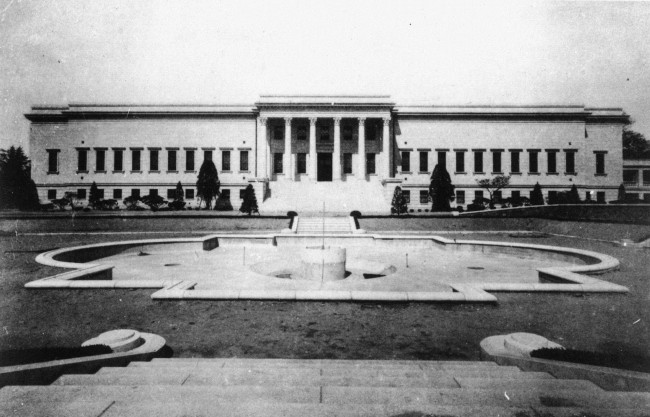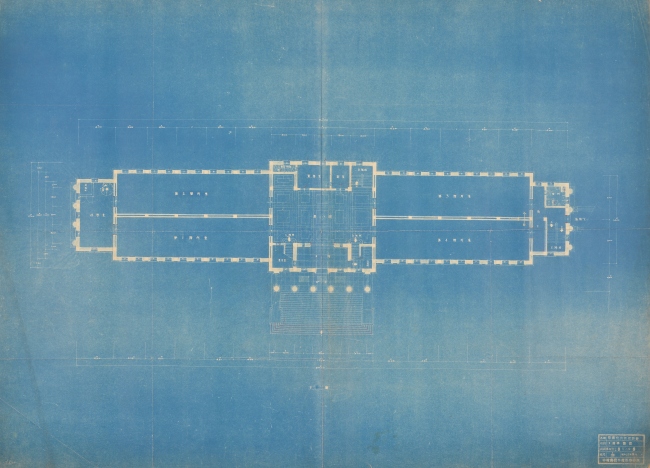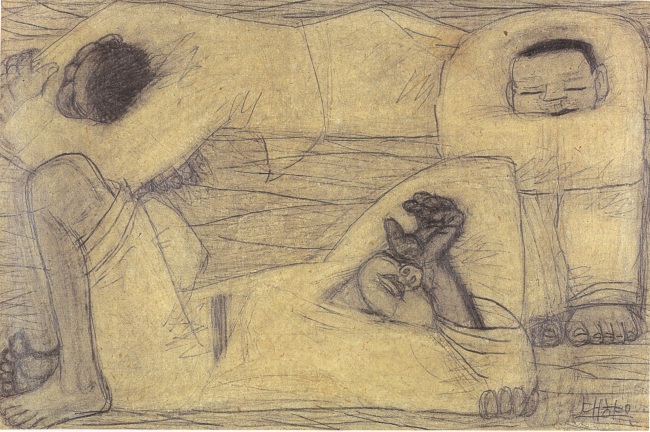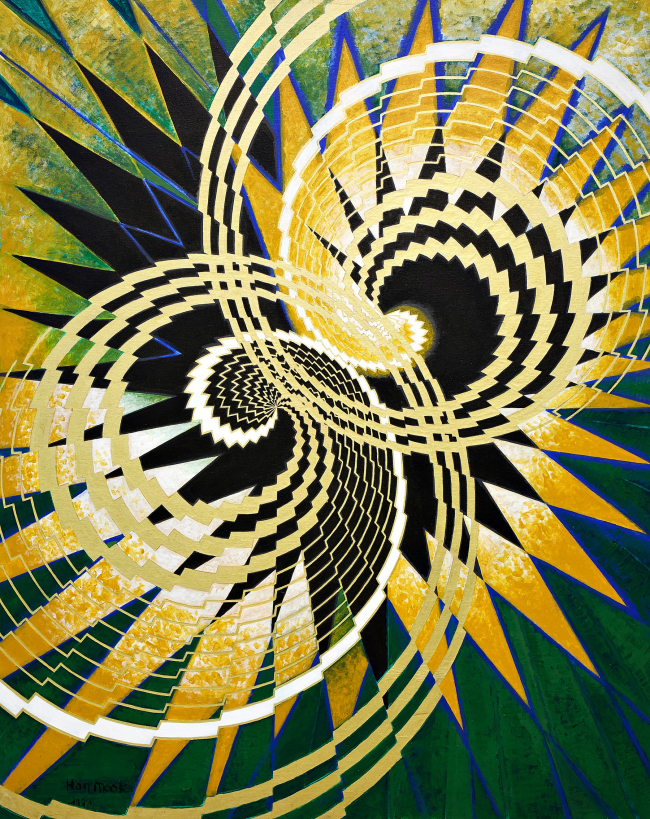Korean modern art fits right in at Deoksugung
MMCA show marks 20th anniversary of its Deoksugung branch, as well as 80th anniversary of the building
By Shim Woo-hyunPublished : May 7, 2018 - 16:28
The Deoksugung branch of the National Museum of Modern and Contemporary, located inside the Joseon palace of Deoksugung, is perhaps one of the most suitable places to house Korea’s modern art.

Deoksugung, where Joseon-period architecture stands alongside two Neoclassical buildings built during the short-lived Daehan Empire, encapsulates the turbulent history of early 20th century Korea.
The MMCA’s Deoksugung branch on Thursday kicked off “Birth of the Modern Art Museum” exhibition, dedicated to exploring the historic museum space itself, as well as the museum’s collection of Korean modern art.

Designed by Japanese architect Yoshihei Nakamura, the MMCA Deoksugung originally opened as the Yi Royal Family Museum of Art in 1938. It is the second of the Palace’s two large buildings from the era, built right next to Seokjojeon Hall, which was completed in 1910 and used as the office of Emperor Gojong until his death in 1919.
The Yi Royal Family Museum of Art was built as part of the Japanese Governor-General’s plan to transform the royal palace into a public park, the two Neoclassical structures trumpeting Japanese rule over Joseon. While Seokjojeon Hall was used to present modern Japanese artwork, the Yi Royal Family Museum was only used to exhibit traditional Korean arts and crafts, depriving Korean artists of the time the opportunity to introduce their work.
“This exhibition of Korean modern arts at this museum space is particularly meaningful because it is a realization of belated dreams of Korean artists under Japan’s colonial rule,” said curator Kim In-hye.

“Birth of the Modern Art Museum” exhibition is comprised of five sections. The first section introduce some 30 blueprints of the museum space, together with some 100 archive materials, for the first time.
Along with the actual blueprints, “Birth of the Modern Art Museum” offers 100 artworks including paintings and sculptures by acclaimed Korean modern artists that have been popular with museum visitors.
Included in the exhibition are, “Rondo” by Kim Whan-ki, “Grandfather and Grandson” by Park Soo-keun, “Sunny Place” by Oh Ji-ho, “Landscape of Seoul” by Dutch painter Hubert Vos, “Beautiful Women” by Chang Un-sang, “Jar” by Chang Uc-chin, “Three People” by Lee Jung-seob, “Letter Abstract” by Lee Ung-no, “Work (Mountain)” by Yoo Young-kuk and “Crossing of Gilded Rhyme” by Han Mook.

The MMCA has also selected eight points in and outside of the museum for the audience to closely look into the aesthetics of the 80-year-old museum and its surroundings. The MMCA has also opened the circular staircase of the Deoksugung branch building to the public for the first time.
By Shim Woo-hyun (ws@heraldcorp.com)



















![[Today’s K-pop] BTS pop-up event to come to Seoul](http://res.heraldm.com/phpwas/restmb_idxmake.php?idx=642&simg=/content/image/2024/04/17/20240417050734_0.jpg&u=)